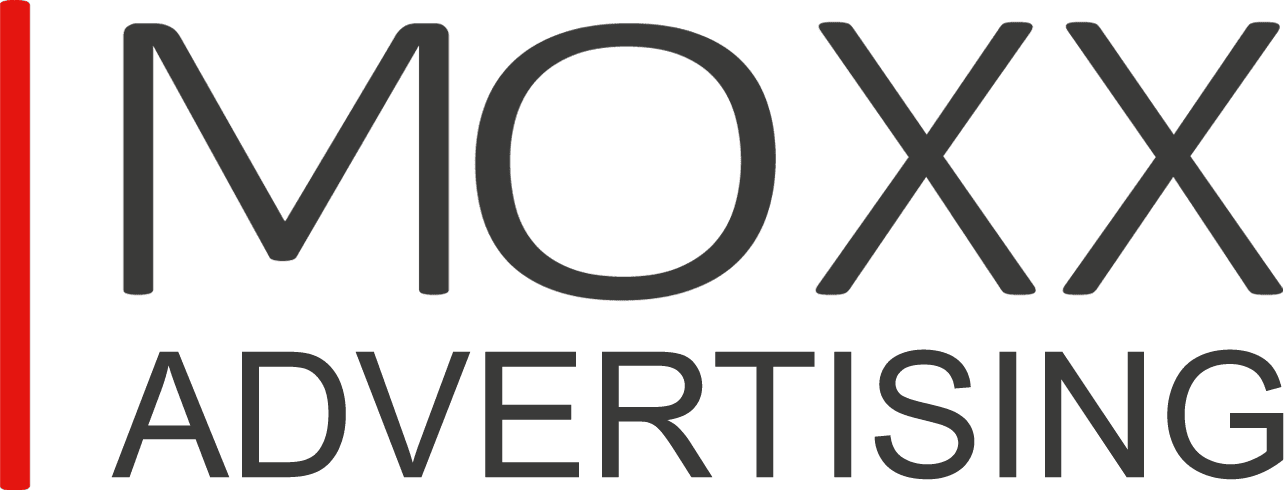Display advertising
An instrument for attracting website or social media platform’s audience, or other digital media, so that users can take specific actions. Through textual content, imagery, graphic messages, or video advertisements, businesses encourage the user to click on a target page and take actions such as making a purchase, liking, or sharing.
What is display advertising?
Display Advertising refers to online advertising formats that are displayed on websites, applications, and other media platforms in the form of banners, text ads, videos, graphics, and other media formats. This form of advertising aims to present advertising messages to users while they are online and browsing various content.
Here are some key characteristics and aspects of display advertising:
- Variety of formats: Display advertising offers a variety of formats, including banners, text ads, interactive ads, graphic images, video options, and more.
- Public display network: Advertisers can use public display networks, such as the Google Display Network (GDN), to distribute their advertising material on different websites and applications participating in the network.
- Audience targeting: One of the key advantages of display advertising is the ability to target specific audiences. Advertisers can direct their advertising messages to users based on their interests, demographics, behaviour, and other factors.
- Retargeting: Display advertising allows retargeting, which means directing advertising messages to users who have visited a particular web page or shown interest in a specific product or service.
- Measurement and analysis: Advertisers can effectively measure and analyse the effectiveness of display ads through various metrics such as Click-Through Rate (CTR), conversions, impressions, and more.
- Geographical targeting: You can select specific regions or countries to target your display ads.
- Interactivity: Some display ad formats are interactive and allow users to interact directly with the advertising message.
Display advertising is an important tool for online marketing and can be used to increase brand awareness, generate leads, and boost sales. It provides opportunities for a variety of creative expressive means and strategies to achieve marketing objectives.
Digital marketing
Digital marketing is a strategy for advertising and selling products or services using the internet and electronic devices. This includes the use of various online channels and tools to reach potential customers, increase brand visibility, and generate interest in products or services.
Here are some of the key components of digital marketing:
- Website: Creating a website is often the starting point of a digital marketing strategy. This website should be attractive, functional, and easy to navigate.
- Social media: Using platforms such as Facebook, Instagram, Twitter, and LinkedIn to build a community and interact with customers.
- Content: Creating high-quality content in various formats – text, video, images, blogs, and more – to attract an audience and provide value.
- Email marketing: Sending personalised emails with information, promotions, and other messages to subscribers.
- Search Engine Optimisation (SEO): Optimising the website and its content to improve visibility in search engine results like Google.
- Paid advertising: Using online advertising campaigns, such as Google Ads and Facebook Ads, to reach a broader audience.
- Analysis and measurement: Using analytical tools to track and analyse the results of the digital marketing strategy.
- Mobile marketing: Optimising and advertising for mobile devices and applications.
Digital marketing provides flexibility and personalisation, making it a highly effective tool for achieving business goals. It can also be more cost-effective and efficient than traditional marketing methods.
Digital marketing agency
A digital marketing agency is a specialised firm or organisation that provides services in the field of digital marketing to clients. These agencies work with various businesses and organisations to help them create and execute effective digital marketing strategies. Their goal is to improve brand visibility, generate leads and sales, increase customer engagement, and maintain a successful online presence.
Digital marketing agencies offer a variety of services, including:
- Website and web page design: Creating or optimising websites for clients to be attractive and functional.
- Social media management: Managing social media profiles, creating content, and interacting with the audience.
- Content: Creating content in various formats – text, video, images, and more.
- Search Engine Optimisation (SEO): Optimising websites and their content to improve visibility in search engines.
- Paid advertising: Creating and managing paid advertising campaigns on various online platforms.
- Analysis and measurement: Using analytical tools to track results and optimise strategies.
- Email marketing: Creating and sending emails with information and promotions.
Digital marketing agencies possess expert knowledge and experience in this field and often work with diverse clients, including small and large businesses, startups, and non-profit organisations, to help them achieve their goals in the online environment. They can offer personalised solutions tailored to the specific needs of each client.
Marketing agency
A marketing agency is a firm or organisation specialising in providing various services in the field of marketing and advertising. This firm specialises in creating and executing marketing strategies, campaigns, and projects with the aim of helping their clients achieve their business goals and direct their marketing efforts more effectively.
Marketing agencies offer a range of services, including:
Strategic marketing planning: Analysing business goals and the target audience, creating strategies and plans to achieve those goals.
- Advertising and media planning: Creating and executing advertising campaigns across various media, including television, radio, print, and digital media.
- Digital marketing: Using online channels such as websites, social media, email marketing, and paid advertising to reach the target audience.
- Content and creative services: Creating content in various formats, including text, video, images, banners, and more.
- Public relations and media relations: Managing media relationships, issuing press releases, and organising events.
- Research and analysis: Conducting marketing research, data analysis, and monitoring the results of marketing efforts.
Marketing agencies work with various types of clients, including corporations, small and medium-sized enterprises, non-profit organisations, startups, and others. They aim to create and execute marketing strategies that align with their clients’ business objectives and help them succeed in the market. Marketing agencies typically have experts in various aspects of marketing and advertising and often work on projects or long-term partnerships with their clients.
Google advertising
Google advertisements are managed through the Google Ads advertising platform, which provides tools for creating, configuring, and managing various types of advertisements that appear in Google search results, on websites and applications in the Google network, and on other online channels.
Here are some of the main types of Google ads:
- Search ads: These are ads that appear at the top or bottom of Google search results when users search for keywords related to your product or service. Search ads are paid per click (Pay-Per-Click, PPC).
- Display ads: These are banner or text ads that appear on websites and applications that are part of the Google Display Network. This type of advertising can be targeted to specific audiences and is typically paid on a CPC (cost-per-click) or CPM (cost-per-thousand-impressions) basis.
- YouTube ads: These ads appear before, during, or after YouTube videos and can be video ads or direct marketing tools such as TrueView in-stream ads. YouTube ads are paid per click or per view (when the user watches a certain number of seconds of the ad).
- Shopping ads: Online stores use these ads, which appear in Google search results and include images of products, prices, and other information. They are paid per click and are usually associated with Google Merchant Centre.
- Local ads: These ads are targeted at local users and can appear in Google search results, on Google Maps, and on other local platforms.
To create and manage your Google ads, you’ll need to create an account in Google Ads, set up advertising campaigns, select keywords, audiences, and budgets, and monitor and optimise your advertising efforts. Google Ads provides various tools and resources to assist you in creating and managing your ads.
Google Ads
Google Ads is an online advertising platform provided by Google that allows advertisers to create and manage online advertising campaigns. With Google Ads, advertisers can place ads in various formats, including text ads, banners, search ads, ads on YouTube, and other platforms managed by Google.
Here are some of the key features and capabilities offered by Google Ads:
Search ads: Advertisers can create text and visual ads that appear at the top or bottom of Google search results when users search for specific keywords.
- Google display network ads: Advertisers can place banner and text ads on websites and applications in the Google Display Network. This type of advertising is used for direct marketing and increasing visibility.
- YouTube ads: Advertisers can create video ads that appear before, during, or after viewing YouTube videos. This includes TrueView in-stream ads and other formats.
- Shopping ads: For online stores, Google Ads offers the ability to create shopping ads that include product information, prices, and other data.
- Local ads: Advertisers can use Google Ads to create and manage local ads that target local users and include location and business hours information.
- Analysis and optimisation: Google Ads provides tools for analysing and monitoring advertising campaigns, as well as opportunities to optimise keywords, budgets, and strategies.
- Target audience: Advertisers can select a target audience based on demographic data, interests, behaviour, and other criteria, allowing for personalised advertising messages.
- Pay-Per-Click (PPC) or Cost-Per-Mille (CPM) payment: Ads in Google Ads can be paid for on a per-click basis or per thousand impressions (CPM).
Google Ads is a powerful online marketing tool that enables advertisers to reach a large audience and effectively manage their advertising efforts. Advertisers can set budgets, measure results, and change their strategy in real-time to achieve their goals.
Campaigns in Google Ads
A campaign in Google Ads is the primary organisational element within this platform, representing a group of ad groups and keywords that share a common theme and objective. A Google Ads campaign is used to configure your advertising goals and budget, as well as manage advertising settings.
Here are some key aspects associated with campaigns in Google Ads:
- Campaign name: When creating a campaign, you should provide a name that identifies and describes its theme and objectives.
- Campaign type configuration: Google Ads offers various campaign types, including search campaigns, display network campaigns, YouTube ads, and others. The choice of campaign type depends on your goals and strategy.
- Target audience: Define the audience for which your ads are intended. This can be a specific group of individuals based on interests, behaviour, demographics, and other criteria.
- Budget: Set a budget for the campaign, determining how much you are willing to invest in your advertising efforts. This budget can be set on a daily or monthly basis.
- Keyword and keyphrase configuration: Specify keywords or keyphrases related to the theme of your campaign. They will determine when and to whom your ads will appear.
- Content and creative elements: Create ad copy and content that will be displayed during the campaign. This may include text, images, banners, videos, and other media elements.
- Location and scheduling: Define where and when your ads will appear. This can be based on specific regions, cities, times of day, or days of the week.
- Measurement and analysis: Monitor and analyse the results of your campaign in real-time to optimise its performance.
Google Ads provides various tools and capabilities to help you create and manage campaigns that align with your marketing objectives. It’s essential to be strategic and careful when configuring your campaign to achieve the desired outcomes.
Online advertising
Online advertising refers to promotional activities conducted over the internet. It encompasses a variety of methods and strategies that advertisers use to reach their target audience in the online environment. Online advertising is an essential component of modern marketing, offering numerous advantages and opportunities for advertisers.
Here are some key types of online advertising:
- Search advertising: This type of advertising appears in search engine results pages, such as Google or Bing. Advertisers create keywords and ads that are displayed when users search for terms related to their products or services. This type of advertising is pay-per-click (PPC).
- Display advertising: Display advertising includes text, graphical, and video ads displayed on websites, applications, and social networks. It is usually targeted at a specific audience and can be paid for per click (PPC) or per impression (CPM).
- Social media advertising: This involves advertising on social networks like Facebook, Instagram, Twitter, and LinkedIn. Ads can be targeted to users based on their interests, demographic data, and behaviour.
- Email marketing: Advertisers send promotional emails to their customers or subscribers with information about products, promotions, and events. Email marketing can be highly targeted and personalised.
- Network paid advertising: Network ads appear on online platforms and media sites as part of their content. They can be text, graphical, or video ads.
- Public display network: Ads are displayed on various websites and apps participating in public display networks like the Google Display Network (GDN). This network provides broad visibility for ad materials.
- Video advertising: Advertising through video content on platforms like YouTube and other video sites.
- Mobile advertising: Promotional messages directed at mobile devices, such as smartphones and tablets.
- Native advertising: Advertising that is organically integrated into the content of the website or platform where it appears.
- Affiliate marketing: Schemes in which advertisers pay commissions to affiliate partners for successful sales generated through their promotional efforts.
Online advertising provides opportunities for marketing on a global and local scale and can be used to achieve various goals, such as increasing brand awareness, boosting sales, lead generation, and more. It also offers measurement and analysis capabilities, allowing advertisers to optimise their campaigns.
Advertising analysis
Advertising analysis (or ad campaign analysis) is the process of evaluating and examining the effectiveness and impact of advertising efforts. This process helps marketing professionals understand what works and what doesn’t in their advertising campaigns to make improvements and achieve better results.
Here are some key steps and aspects of advertising analysis:
- Selection of measurement metrics: To analyse advertising, you must define specific metrics and key performance indicators that are relevant to your marketing objectives. This may include CTR (Click-Through Rate), conversions, ROI (Return on Investment), sales, brand awareness, and more.
- Data collection: Gather advertising data related to the defined metrics. This data can include information about click counts, impressions, conversions, revenue, and more.
- Comparison with objectives: Compare the collected data with the marketing goals set for the advertising campaign. Evaluate how well you have met or exceeded these objectives.
- Audience analysis: Investigate the profile of the target audience that responded to your advertising. Understand their interests, demographic information, and behaviour.
- Competitive analysis: Examine how your advertising efforts compare to those of competitors. Analyse their advertising strategies and results.
- Drawing insights: The primary goal of advertising analysis is to draw lessons and conclusions about what works and what doesn’t in your advertising efforts. Identify successful practices that can be replicated and weaknesses that require adjustments.
- Optimisation and changes: Based on your analysis, make changes to your advertising strategy, campaigns, and messaging. This may involve adjustments to media channels, content, targeting, and other aspects.
- Continuous monitoring: Remember that advertising analysis is an ongoing process that should be conducted regularly. Continue to monitor and analyse your advertising efforts and improve them over time.
Advertising analysis is an essential tool for successful marketing, as it allows you to use data and experience to create more effective and cost-effective advertising campaigns.
How to create effective advertising?
Creating effective advertising requires attention to several important aspects, including the target audience, messaging, creativity, and media channels.
Here are some steps and guidelines you can follow to create effective advertising:
- Understand your target audience: The first and most crucial step is to understand who your target audience is. Study their interests, demographics, behaviours, and pain points. This analysis helps you create advertising that is precisely tailored to them.
- Define clear marketing objectives: Determine what exactly you want to achieve with your advertising. Are your goals to increase sales, boost brand awareness, generate leads, or something else?
- Craft a strong and clear story: Your advertising should have a clear and memorable narrative. The story you tell should be compelling and convey the value of your product or service.
- Select appropriate media channels: Choose media channels that are suitable for your product and target audience. Explore options such as online advertising, traditional media, social media, and more.
- Creativity and design: Create visually appealing and creative advertising that captures your target audience’s attention. Consider incorporating visual elements, graphics, videos, and other creative assets.
- Highlight value: Your advertising should emphasise the value your product or service provides to customers. Show how their lives will improve through your offering.
- Use strong calls to action (CTAs): Include CTAs that encourage viewers or readers to take specific actions. These CTAs can be “Buy Now,” “Request a Quote,” “Subscribe,” and others.
- Test and optimise: Test different versions of your advertising to see which one works best. Use data and analytics to optimise your advertising strategy.
- Budget consideration: Examine how much of your budget you can allocate to advertising and how it can be used effectively.
- Keep learning and evolving: Marketing and media trends constantly change. Be flexible and ready to adapt to new opportunities and challenges.
Effective advertising requires planning, creativity, and analysis. Follow these steps and work on improving your advertising approach over time.
Advantages of display advertising
Display advertising offers diversity
Display advertising offers diversity as it can be presented in various forms and sizes, in a range of formats that capture the audience’s interest. You have the freedom to choose styles, formats, colours, messages, and visuals based on your brand.
You get a wide reach
You gain a wide reach through an established profile in Google Ads, which, in turn, opens up space on millions of websites worldwide. This provides the opportunity to select those websites that will direct the desired audience to your brand. Targeting is based on the specific interests of the target audience, geographical principles, demographic data, and your overall business strategy.
You measure the results
Measuring results is another essential advantage for businesses. Based on the listed clicks, impressions, completed orders, you can analyze whether the strategy is successful, what needs to be changed, and how to redirect it.
- Building brand awareness and presence
- Generating potential customers through directed content
- Re-engaging users/customers through retargeting
- Increasing sales by driving traffic to the website
Display advertising
You want the best for your business? We will help you achieve any business goal with optimised display advertising. The results will not be late!
From our blog

The psychology of advertising: How colours, fonts, and images influence consumers
Advertising is a form of communication that popularizes an idea, product, or service, making it known to the general public. This includes the use of

SEO risks: What to avoid in your website optimisation strategies
SEO is one of the most crucial tools in online marketing. It encompasses a set of strategies and techniques aimed at improving a website’s positions

What is a copywriter and is it worth hiring a professional?
In the dynamic world of marketing and communications, a copywriter plays a crucial role in turning ideas into words that inspire, educate and persuade audiences.

